Not satisfied with the unit price? Get a free quote on bulk quantities within 8 hours.
- Ward Nursing
- Emergency & First Aid Care
- OR Room & Apparatus
- Maternal & Child Care
- Medical Imaging
- Clinical Trial & LAB
- Vital Signs Monitoring System
- Rehabilitation Therapy
- Sterilization& Disinfection
- ENT& Aesthetic Equipment
- Medical Consumables
- Hospital Solution
- Hemodialysis
- Veterinary Equipment
- FDA Product
- CE Product
- Ward Nursing
- Emergency & First Aid Care
- OR Room & Apparatus
- Maternal & Child Care
- Medical Imaging
- Clinical Trial & LAB
- Vital Signs Monitoring System
- Rehabilitation Therapy
- Sterilization& Disinfection
- ENT& Aesthetic Equipment
- Medical Consumables
- Hospital Solution
- Hemodialysis
- Veterinary Equipment
- FDA Product
- CE Product
CLASSIFICATION
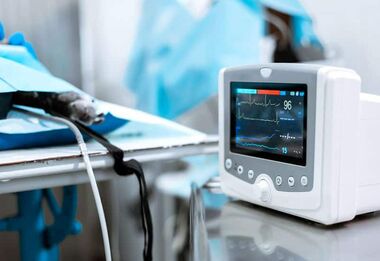
What Equipment Is Used in Cardiology?
There are various departments in the hospital, one of which is cardiology. This is a field that caters to heart diseases and disorders. And while there is general medical equipment, specific devices are used in cardiology. Examples include ABP monitors, pulse oximeters, spirometers, ECG monitors, and many more. These pieces of equipment are a...
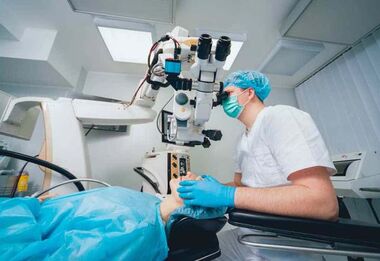
What Kind of Equipment is Used in Eye Surgery?
There are different specializations in surgery, one of which is ophthalmology. The field deals with surgical interventions concerning the eyes. And while there are general-purpose surgery instruments, there are also specialized ones for eye surgery. Examples include the ophthalmic OT table, operating microscope, tonometer, retinoscope, slit lamp, etc....
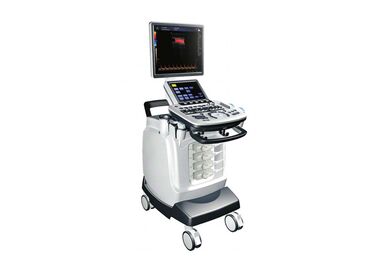
Ultrasound Machines: 2D, 3D, 4D, 5D- What's the Difference?
The field of medicine relies heavily on ultrasound devices for various reasons. They let medical professionals and patients observe what is happening within the body without requiring invasive surgery. There are a few varieties of ultrasound machines, each of which has capabilities distinct from the others. This article compares and contrasts the...
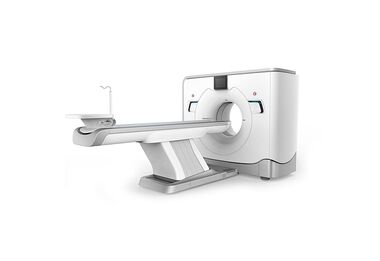
PET Scan VS CT Scan-What is the Difference?
Come to get the full catalog of CT Scanners You’ve probably heard of CT scans and PET scans – but what exactly are they? Both procedures use special equipment to analyze the state of your body, but they show different metrics about your condition. In many cases, both a CT scan and PET scan will be ordered to get a complete picture. Here’s a look at...

Which is Better Open or Closed MRI?
Come to get the full MRI machines online now! MRI stands for Magnetic Resonance Imaging, a way of taking photos inside the body without using X-rays. An MRI machine uses a magnet and radio waves to create detailed pictures of the body's soft tissues, bones, and organs without ionizing radiation (x-rays). What Is An Open MRI? A...
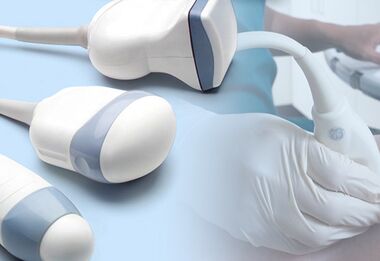
Select the Right Ultrasound Probe: A Guide for Healthcare Professionals
Get catalog and price of ultrasound probes online Ultrasound technology is becoming increasingly common in the medical field. This is because it is a sometimes non-invasive method to examine the body's internals. This guide contains all you need to know about ultrasound probes, their types, their functions, and what to consider when buying one....
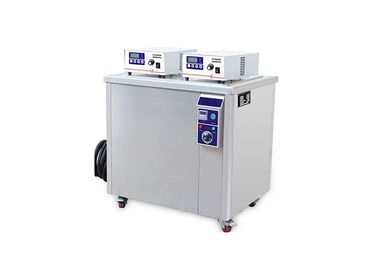
Ultrasonic Cleaner: Tips to Consider Before Purchasing
Find various ultrasonic cleaners online now Ultrasonic cleaning refers to the process that utilizes ultrasound waves for agitating a fluid with a cleaning effect. Ultrasonic clearness is available in various sizes. These sizes range from small desktop units to industrial units, each with a respective capacity. The ultrasonic cleaning machine...
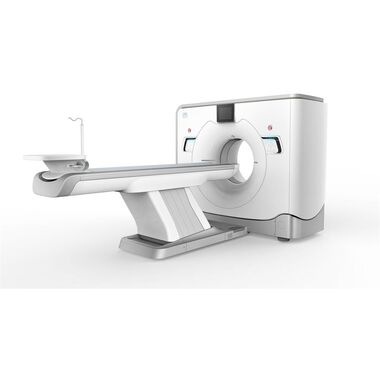
How Much Does A CT Scanner Cost?
Are you on the market looking for a CT scanner for your facility? Are you looking to outstand by bringing the latest CT scan machinery to your patients? Continue reading as this blog aims at exploring answers to questions: CT stands for Computed Tomography – a type of medicinal imaging technology that involves conducting a series of x-rays from...
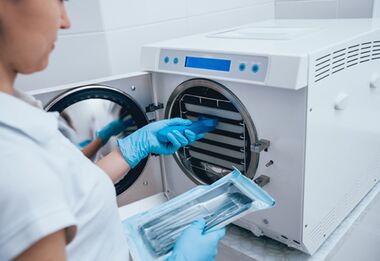
What is Sterile Processing for Hospitals and Laboratories?
Sterile processing (SP) involves every procedure employed to make surgical instruments safe. It is vital to daily medical or dental operations because sterile equipment is the first defense line against infections. According to the Centers for Disease Control and Prevention (CDC) , sterilization errors account for 75% of surgery-related deaths, 20%...
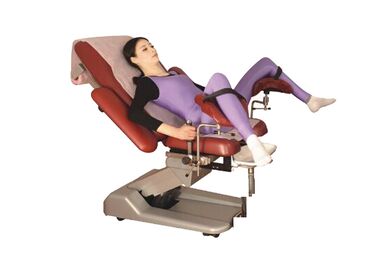
Lithotomy Position Benefits and Drawbacks during Surgery
What Is The Lithotomy Position? The lithotomy patient position is a variant of the supine position, which comprises lying on the back with legs bent at 90 degrees, above or at the same level as the hips. The patient's knees are also flexed at 70 or 90 degrees, where the table's padded footrests offer added support to the legs – to maintain a distance...
- Need Help?Talk to our Experts!
- Give Us A Call
- info@medwish.com
- Financial Service





